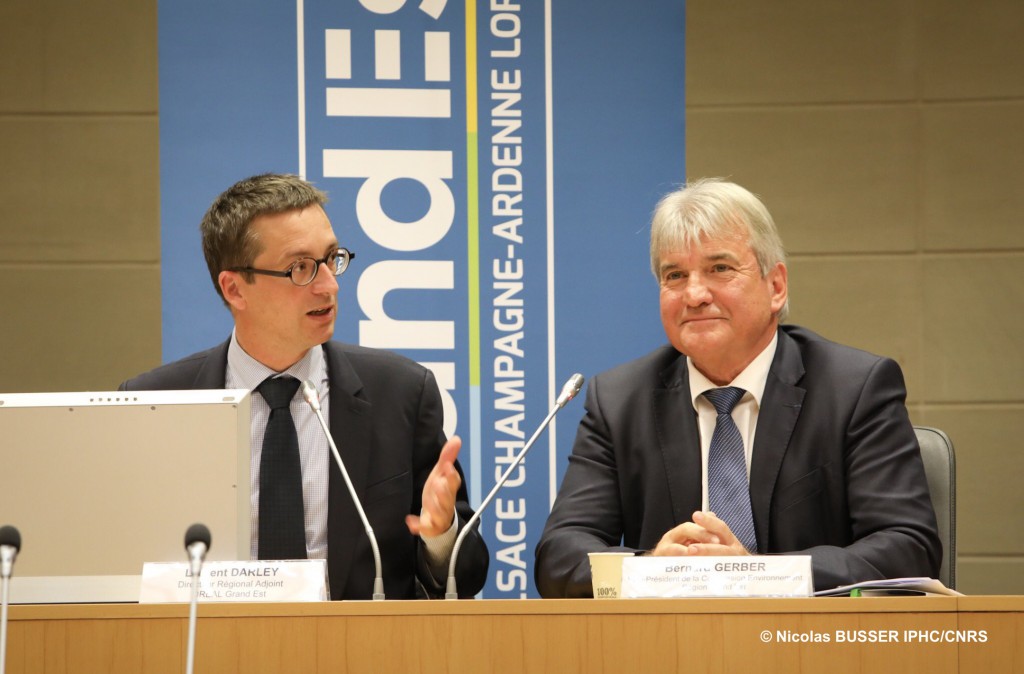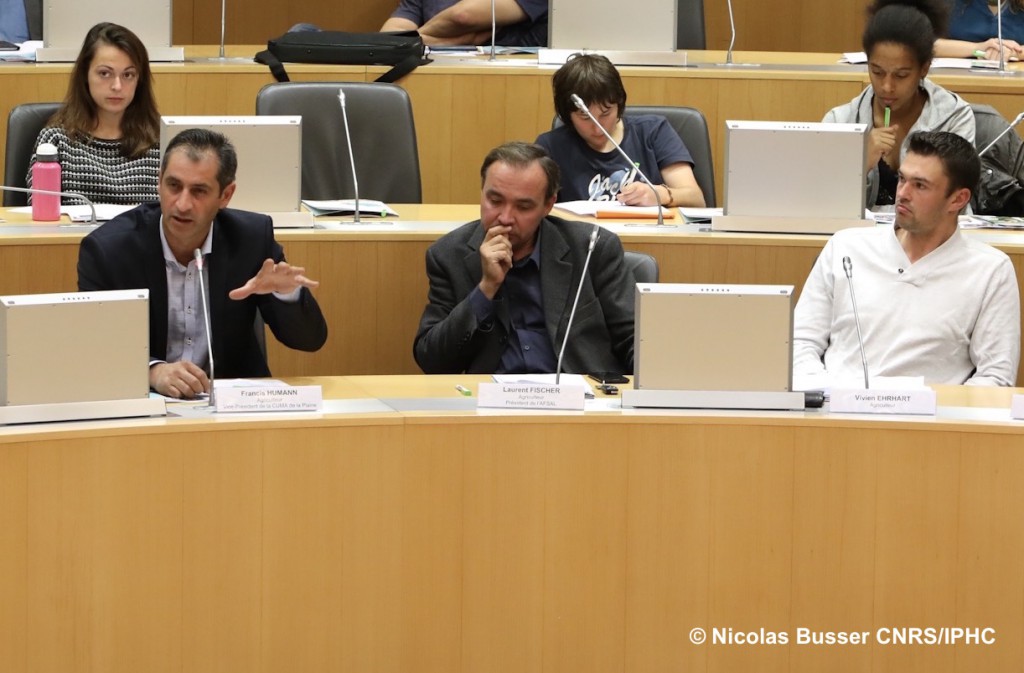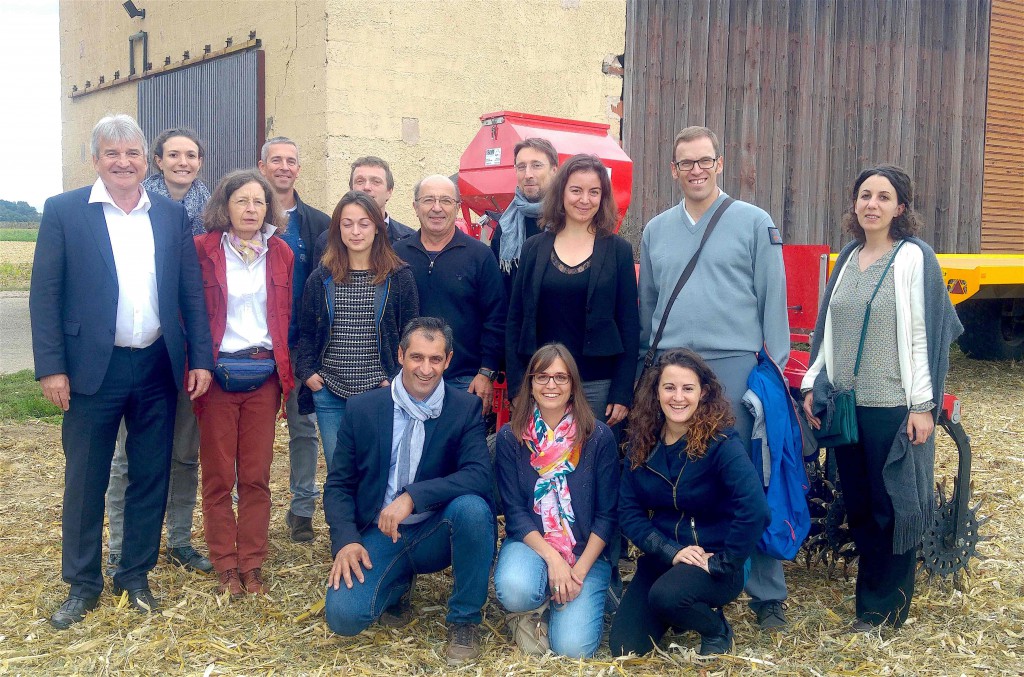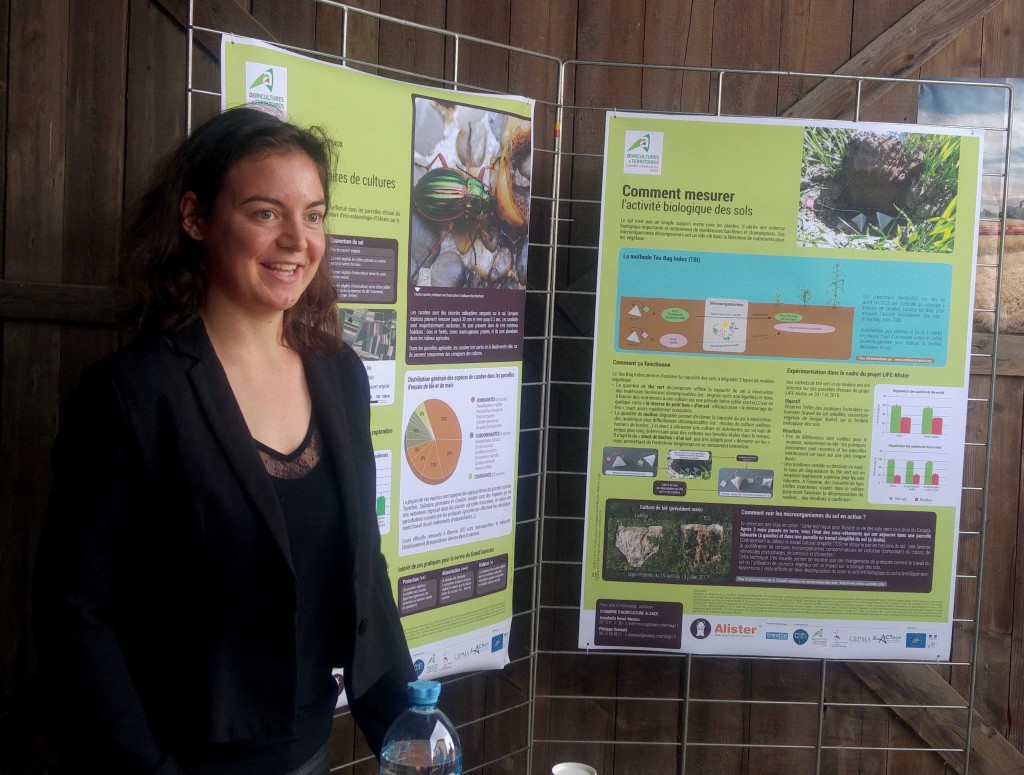RESULTS SYMPOSIUM Lessons from LIFE Alister
13 novembre 2018LIFE Alister is an experimental conservation programme for the European hamster and is 50% funded by the European Commission and 25% by the state. This programme was set up to work towards solutions to save one of Europe’s most endangered mammals to date. In parallel to National Action Plans (Plans Nationaux d’Actions, or PNA) which aim to stabilise wild populations in the short term, the LIFE Alister project seeks to find the most favourable methods to help sustain the European hamster in the long term, through trials and testing.
The underlying principles of upcoming conservation measures for the European hamster
LIFE Alister has been working towards finding solutions to bring sustainable and long-term conservation of the species in line with farmers’ technical and economic growth objectives. These solutions will serve as the basis for a new European hamster conservation system, which could potentially be extrapolated to other species in Europe. LIFE Alister has already paved the way for European hamster conservation activities to be continued. These results were highlighted in the current national action plan, particularly through the European Hamster agri-environment measure (MAE) and were drawn on to a great extent for the drafting of the 4th national action plan, which began at the end of October.
This plan will be the focus of a European-wide results symposium in February 2019.

Laurent Darley, deputy director of the DREAL Grand Est (Regional Department of the Environment, Planning and Housing) and Bernard Gerber, deputy chairman of the Grand Est Region Environment Commission, congratulated LIFE Alister partners for their success in putting together a team that works well together and that has since become a real working community that wants nothing more than to continue activities to conserve the European hamster. (from left to right)
New working methods

Feedback from farmers during the Round Table 1 (from left to right)
Francis Humann, farmer and deputy chairman of the CUMA de la Plaine cooperative: « The CUMA has facilitated discussion and the sharing of ideas between farmers. We tell each other what works and what doesn’t. »
Laurent Fischer, farmer and chairman of the AFSAL (Farmers and Wildlife in Alsace) association: « What I find most remarkable is how everything is done on a voluntary basis. « Nothing is charged or not been allowed. »
Vivien Ehrhart, farmer: « It’s not easy to do trials. Other farmers see what you’re doing and when things don’t work, they certainly aren’t afraid to offer criticism! »
The presentation of the lessons learned through the LIFE Alister programme also brought up the changes that this project had generated in the way biodiversity conservationists in the Alsace region operate. Many old habits, beliefs and attitudes had to be shaken up before the project was able to give way to more concerted and effective ways of working. Tools such as decision trees, conciliation meetings, the setting up of an agricultural cooperative (CUMA) for machinery that puts farmers in touch with varied agricultural methods, site monitoring, education and awareness initiatives were employed so that solutions could be reached together to help save the European hamster and to increase biodiversity in lowland Alsace.
Lessons that have already been put into practice
Many of the LIFE Alister findings are already helping to introduce changes to certain practices, be they in the agricultural domain or in the construction of wildlife crossings (see round tables 1 and 2). Other lessons have helped us to gain a better understanding of the biology of the species and to hone the techniques used to monitor the animal.
A human venture
From the outset, this programme has always made it clear that it had set itself the ambitious task of promoting an innovative approach to conserving the European hamster. In the fields of agriculture, suburban trials and raising public awareness in particular, it is fair to say that some bold moves have been made. LIFE Alister contributors have succeeded in breaking new ground in their search for solutions that are not only favourable to the European hamster, but also compatible with human activity. For the first time, the farming sector, CNRS and ONCFS researchers have collaborated to pool together their findings and to share their knowledge of the species’ biology and the agronomic constraints. This project highlights the absolute need for a multi-stakeholder approach.

A selection of LIFE Alister partners and farmers who took part in the afternoon workshops, and Bernard Gerber, deputy chairman of the Grand Est Region Environment Commission.


